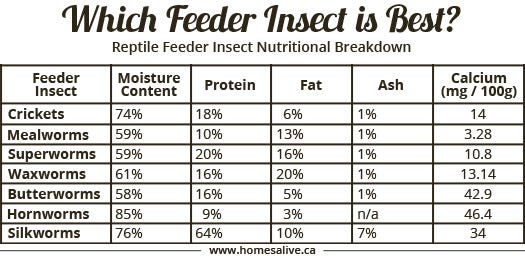 Introduction
Introduction
Reptiles are a various group of animals that share frequent traits corresponding to scales, reproduction by eggs, and being ectothermic. One necessary aspect of reptiles is their breathing mechanism, which has long been a topic of curiosity for researchers. Whereas most reptiles are recognized to breathe utilizing lungs, there have been some current research suggesting that certain species of reptiles could have the flexibility to breathe using gills as nicely.
Breathing in Reptiles: Lungs vs Gills
Traditionally, it has been believed that pet reptiles diet breathe solely by their lungs. This respiratory system includes inhaling air by the nostrils, which then passes into the lungs the place oxygen is extracted and carbon dioxide is expelled. This mechanism of respiration is much like that of mammals, birds, and different land-dwelling animals.
However, current research has recommended that some species of reptiles, pet reptile crocodile particularly aquatic reptiles, could have the flexibility to breathe using gills. For example, sure species of turtles and sea snakes have been found to have gills along with lungs. These gills may enable them to extract oxygen from water, offering them with an alternate supply of oxygen when they are submerged.
 The presence of gills in reptiles raises intriguing questions concerning the evolution of breathing mechanisms in these animals. It’s well known that reptiles developed from amphibians, that are recognized to have gills of their larval stages. Might the presence of gills in some reptiles be a remnant of their amphibian ancestry? Or might it’s a case of convergent evolution, where different species independently evolve similar traits in response to comparable environmental pressures?
The presence of gills in reptiles raises intriguing questions concerning the evolution of breathing mechanisms in these animals. It’s well known that reptiles developed from amphibians, that are recognized to have gills of their larval stages. Might the presence of gills in some reptiles be a remnant of their amphibian ancestry? Or might it’s a case of convergent evolution, where different species independently evolve similar traits in response to comparable environmental pressures?
Implications for Conservation and Analysis
The discovery of gills in certain reptiles has vital implications for conservation efforts and additional analysis. Understanding the respiratory mechanisms of reptiles and amphibians is essential for growing efficient conservation methods for endangered species. For instance, if certain species of sea turtles depend on gills for respiratory underwater, conservationists could must reevaluate their current conservation practices to ensure the safety of these gill-bearing reptiles.
Furthermore, the study of gills in reptiles opens up new avenues for analysis on respiratory adaptations in animals. By comparing the respiratory techniques of various species of reptiles, researchers can gain insights into the evolutionary history of breathing mechanisms in vertebrates. This research may also have implications for human health, as it could probably result in the event of new therapies for respiratory circumstances based mostly on the study of gill-bearing reptiles.
Conclusion
In conclusion, the study of reptiles and their respiratory mechanisms is an enchanting and complex area of research. Whereas most reptiles are identified to breathe utilizing lungs, recent research have urged that some species could have the ability to breathe utilizing gills as properly. The presence of gills in reptiles diet raises intriguing questions in regards to the evolution of respiratory techniques in these animals and has vital implications for conservation and reptiles diet further analysis. Additional examine into this matter is needed to totally perceive the respiratory adaptations of reptiles and their evolutionary significance.